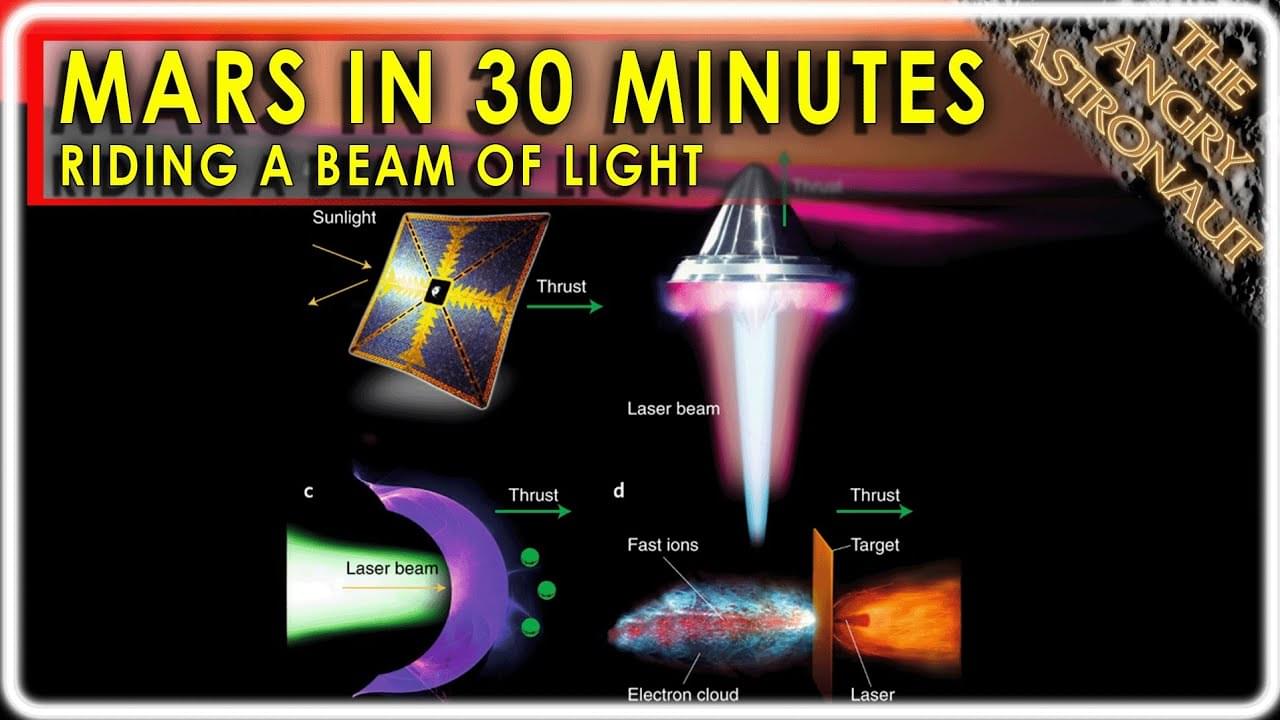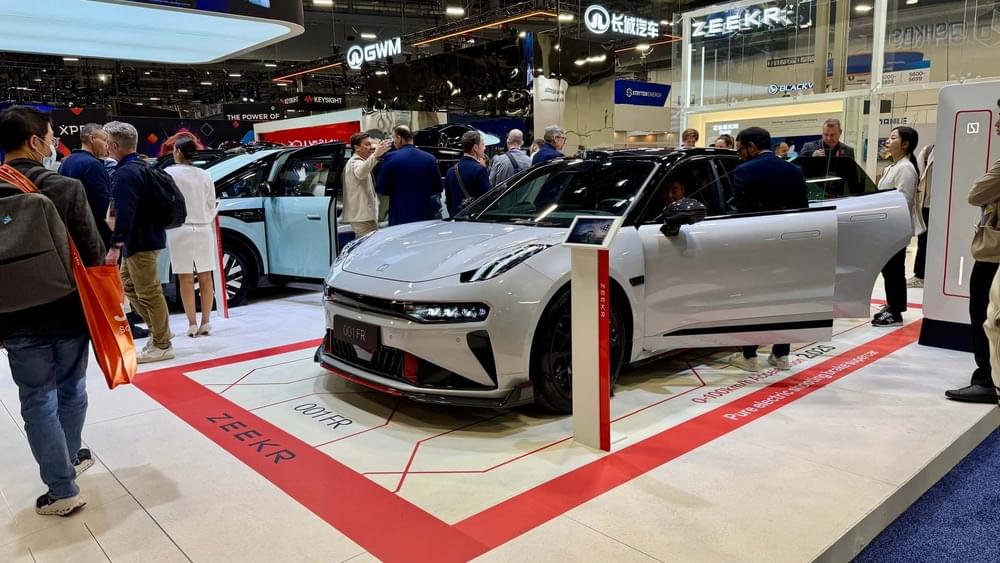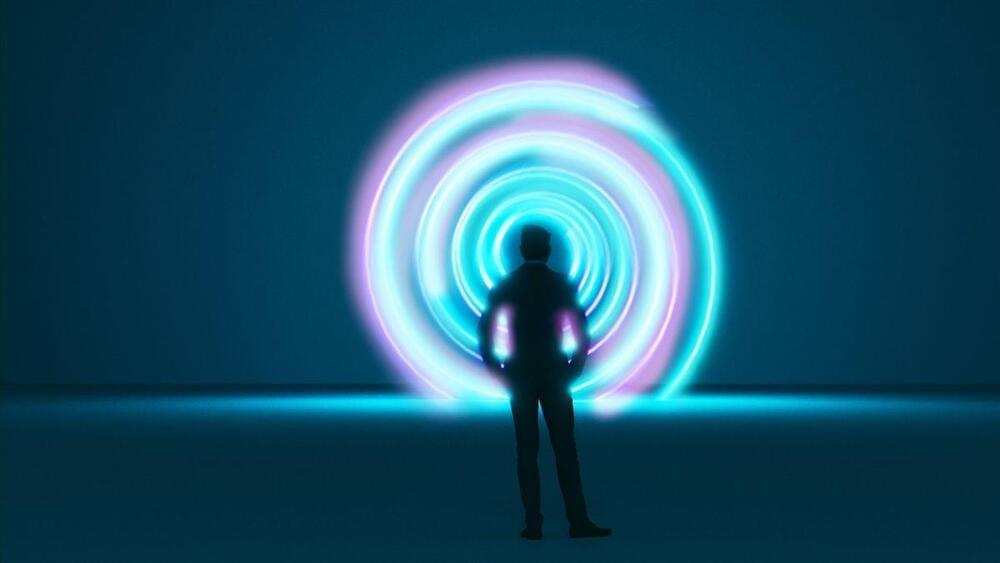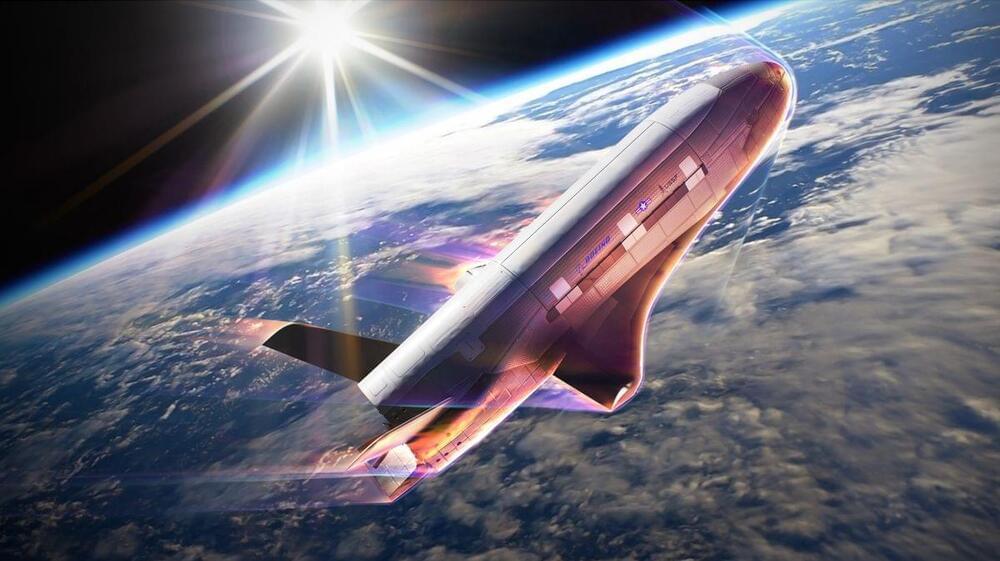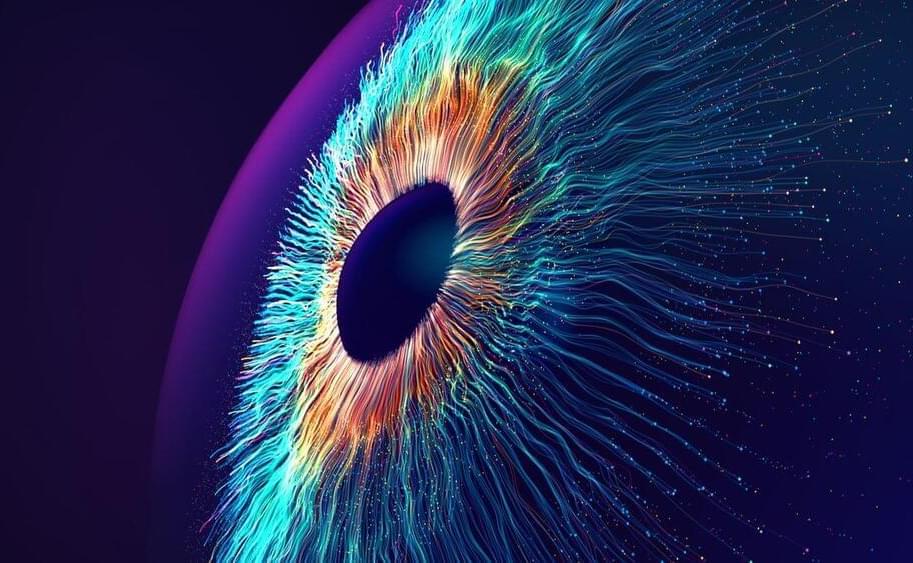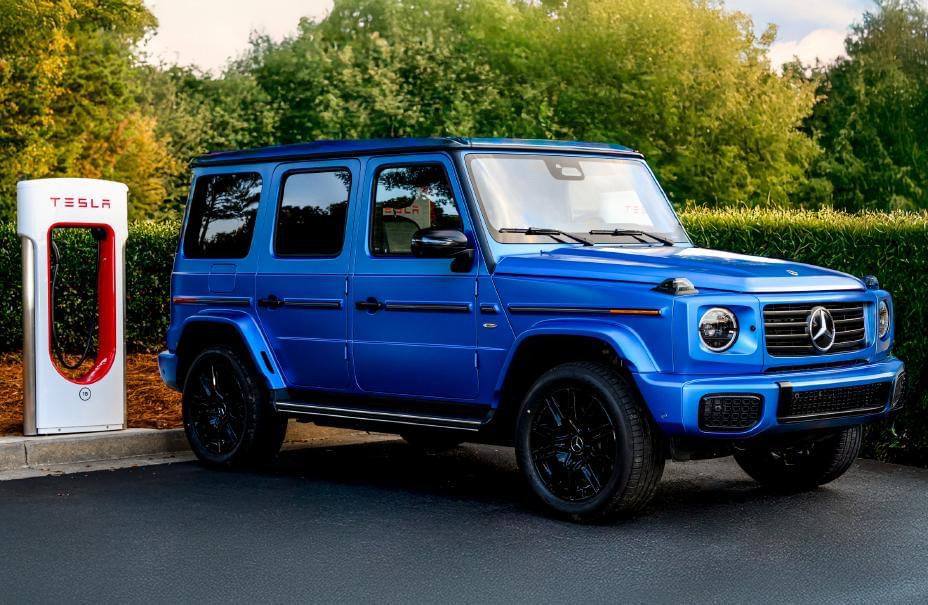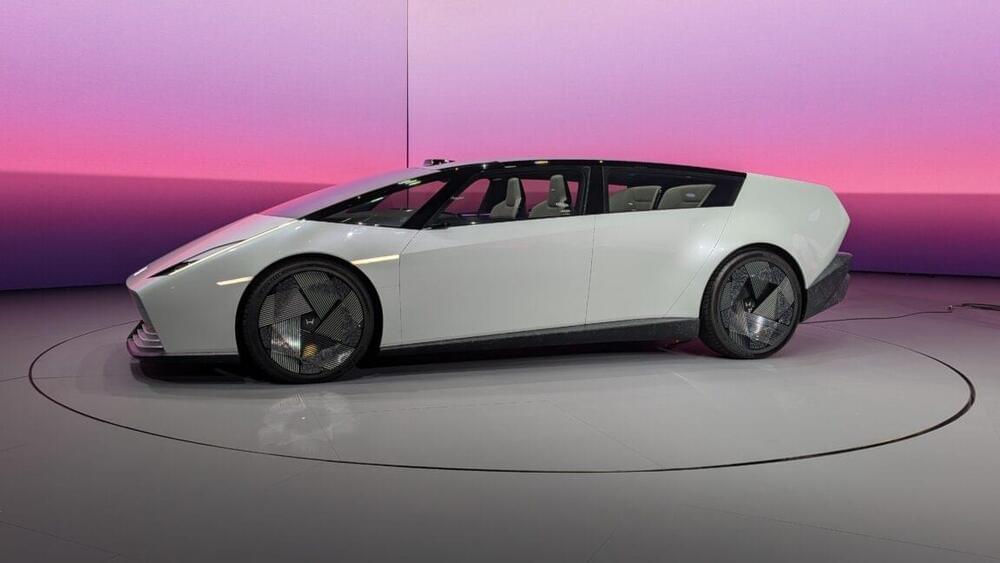Throughout history, humanity has spun horrifying tales of sapient species beyond our own. From ghastly subhuman creatures dwelling in decrepit subterranean lairs to ghoulish humanoids bent on destruction, these lores have delighted and terrified us in equal measure. The medieval period was rife with legends of menacing beings lurking in the shadows, while centuries later, the Industrial Revolution ushered in scientific breakthroughs in anatomy and genetics. With this came a new question: could other sapient beings truly exist?


